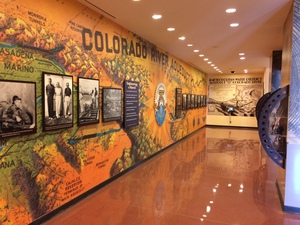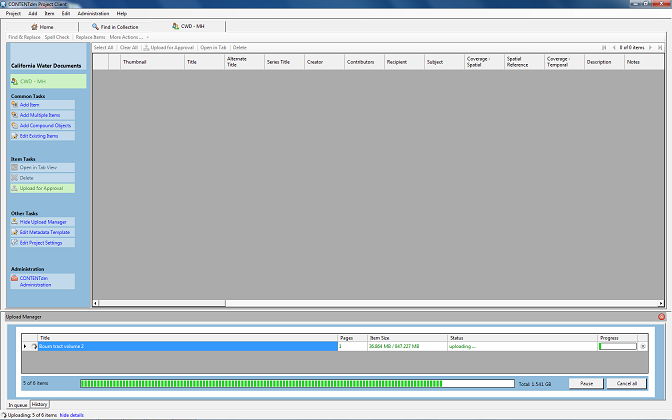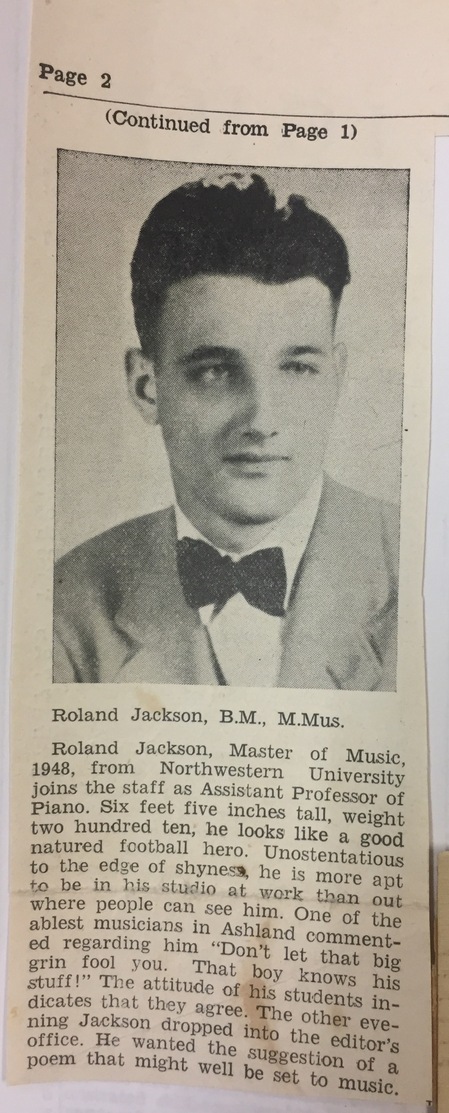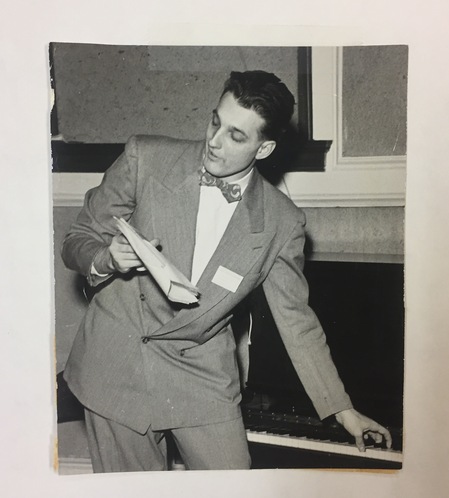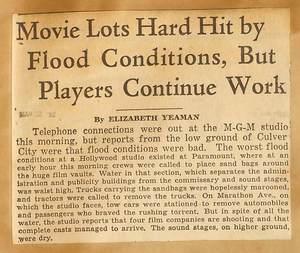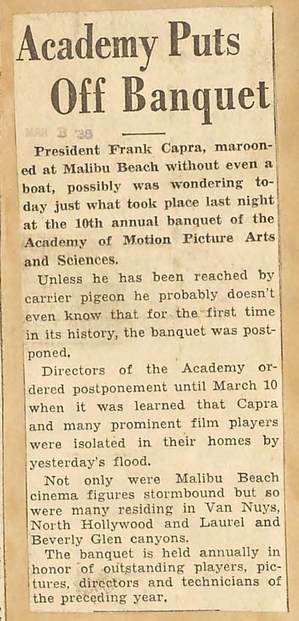Hello all!
This week, while working on uploading more of my items to the Claremont Colleges Digital Library (CCDL), we have also been working on creating an online social media presence on Facebook, Twitter, and Instagram.
Right now, we have our Facebook page up and running, which will function as the main hub for information about the project. We will announce updates and events there. Other project partners will contribute to this page as well. The Claremont Colleges Library’s Twitter and Instagram will be hosting the CLIR CCEP’s point of view of the project, and all posts we specifically make will be tagged with #CLIRWater.
I have been helping with this endeavor, and it has forced me to have to rethink how we use social media. How I use social media personally differs with how we use social media for a professional project. We have to be concise, specific, and efficient with how we advertise the project. We want our patrons to know what we’re working on and why it matters, but we also have to figure out how to balance social media updates with continuing our digitization
project.
Here are the links to the various social media sites:
